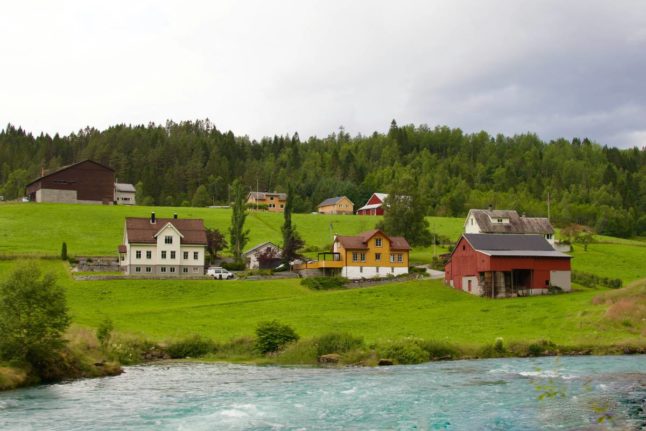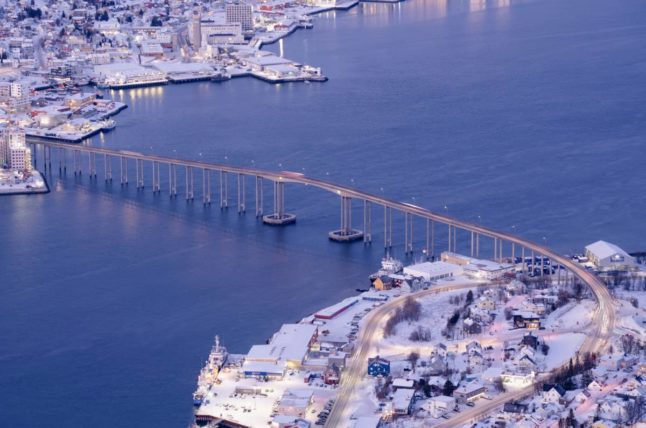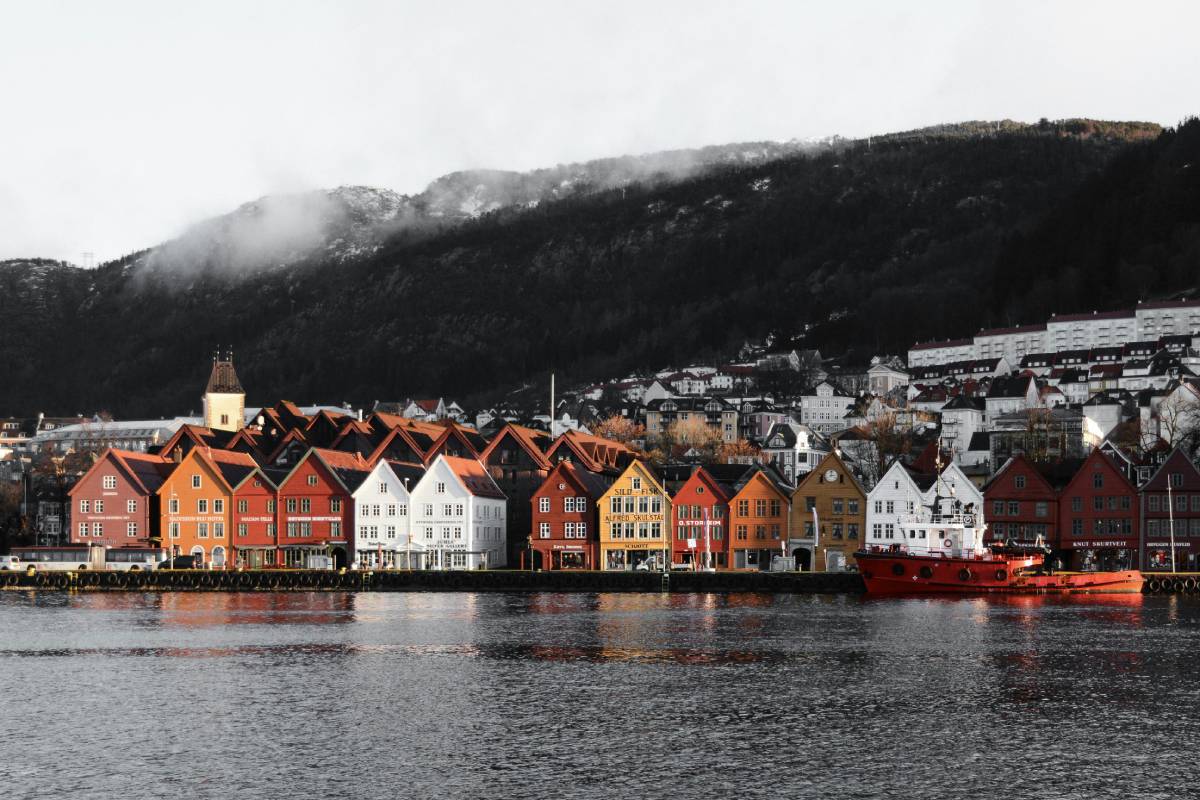Norway regularly tops the list of dream destinations for retirement.
In 2023, a Natixis study – which examined healthcare offerings and life expectancy, among other things – declared Norway the best country in the world to retire in 2024.
EXPLAINED: Can you move to Norway to retire?
If the idea of spending your retirement years basking in the sun on a tropical beach doesn’t appeal to you, and you’re more drawn to the majestic – and occasionally chilly – landscapes of Norway, there are plenty of reasons to consider this Scandinavian country as your retirement haven.
Whether it’s the allure of its rugged nature, the progressive society, or the robust economy, Norway offers a compelling alternative to the typical retirement settings.
A healthcare system that is (at times) the envy of the world
When it comes to health, it’s hard to find a report that doesn’t describe Norway in outstanding terms on most key indicators.
The latest “Health at a Glance” report from the OECD for 2023 shows that Norway is doing pretty well compared to other countries in terms of both health outcomes and care.
The country outperforms the OECD average in 83 percent of health indicators.
Life expectancy in Norway is 83.2 years, almost three years longer than the OECD average. The rates of preventable and treatable deaths are notably lower in Norway than in most countries, and while a small percentage of Norwegians rate their health as poor, it’s still close to the average.
When it comes to the quality of healthcare, Norway scores better than the OECD average in nearly 58 percent of measured aspects. Every Norwegian is covered when it comes to core healthcare services, and a high percentage of the population is satisfied with the availability and quality of medical care.
Norway also invests heavily in healthcare resources, spending more per capita on health than the OECD average and employing more healthcare professionals.
If you’re curious about what foreigners think about Norway’s healthcare system, make sure to read this article, in which The Local’s readers in Norway share their experiences of the Nordic country’s healthcare system.
Expect a high quality of life
In the 2023 Natixis study, Norway has been ranked as the second-best country globally for quality of life, with exceptionally high scores for safety and environmental quality.
Norway was also recently recognized as the seventh-happiest country in the world according to its 2024 World Happiness Ranking, boasting a happiness score of 7.30.
This rating considers several critical indicators, such as happiness levels, air quality, water and sanitation, overall environmental health, and biodiversity, which collectively paint a pretty positive picture of life in Norway.
Other data sets, such as the one on Numbeo, a global database of user-contributed data about cities and countries, point to a quality of life index score of 190.58.
This score is calculated based on several factors, including purchasing power, safety, climate, cost of living, average commute times, and pollution levels.
However, the relatively high living costs remain one of the main pain points for most people moving to Norway.
It’s a safe country
In the 2023 Global Peace Index, Norway ranked 24th out of 163 countries – a pretty solid position, given that 1 represents the most peaceful and 163 the least.
While it didn’t top the charts like its Nordic neighbours Iceland, Denmark, and Finland, who came in at 1st, 2nd, and 13th, respectively, Norway still outpaced Sweden, which landed at 28th.
IN STATS: How safe is Norway in comparison to similar countries?
Despite dropping six spots from the year before, Norway remained among the top 15 safest countries in Europe, ranking 15th out of 36.
Norway is viewed as relatively peaceful, scoring 1.314 out of 5 in perceived criminality. This is comparable to Denmark’s score and better than Sweden’s, showing a low level of crime compared to many of its peers.
Norway also boasts an impressive record in handling violent crime, scoring the best possible mark, 1 out of 5, which it shares with other Nordic countries, although Sweden scored slightly higher at 2.
The country’s low homicide rate further underscores its peaceful standing. According to the UN Office on Drugs and Crime, Norway had only 0.5 homicides per 100,000 people in 2021, placing it 180th among 205 countries worldwide.
This rate is less than half of those seen in neighbouring Finland and Sweden and even lower than in Denmark.
A clean – and beautiful – natural environment
Norway consistently ranks as one of the cleanest countries in the world.
In 2020, it secured the 8th spot on the 2020 Environmental Performance Index (EPI) with an EPI score of 77.7, and in 2022, it was in 20th place on the same index with an EPI score of 59.30 out of 180 countries.
This index evaluates how effectively countries maintain air, land, and water quality to enhance human health.
With a high EPI score, Norway stands out as environmentally conscious. It is often commended for its efforts to protect natural resources, with a strong focus on marine ecosystems (despite its status as an oil industry titan).
Beyond its environmental efforts, Norway’s natural beauty is virtually unparalleled, offering some of the most spectacular landscapes in the world.
The country is home to the pristine fjords of its west coast, such as Geirangerfjord and Sognefjord, renowned for their deep blue waters and steep cliffs.
The Lofoten Islands in the north provides a stunning display of islets, mountains, and picturesque fishing villages (if you’re planning a trip to the archipelago, you can find The Local’s recommendations on some of the best things to do here).
Additionally, Norway’s ancient forests and numerous lakes add to its diverse natural attractions, making it not only one of the cleanest but also one of the most visually captivating places on earth.




 Please whitelist us to continue reading.
Please whitelist us to continue reading.
Member comments